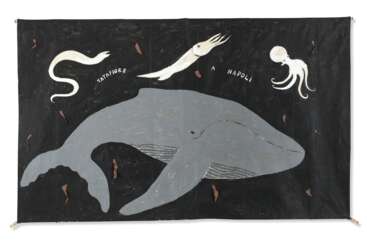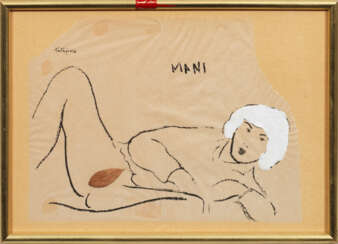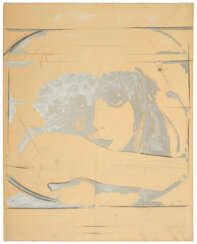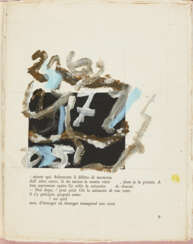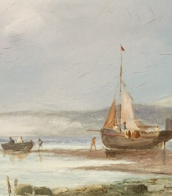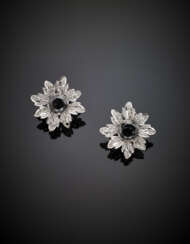fior

Joachim of Fiore, also known as Joachim de Fiore, and Gioacchino da Fiore, was an Italian mystic, theologian and philosopher of history, a great medieval thinker with a beautiful symbolic imagination.
Fiore was a prolific writer and explored the hidden meaning of the life of the apostles and the scriptures. At the end of the twelfth century Joachim had a high international reputation.
After a pilgrimage to the Holy Land, he became a Cistercian monk and by 1177 had become abbot at Corazzo, Sicily. He retired to the mountains to lead a contemplative life, and in 1196 he founded the Order of San Giovanni in Fiore. In his Book of the Harmony of the New and Old Testaments, Fiore set forth a theory of history and traced correspondences in the Old and New Testaments. In "An Exposition of the Apocalypse" he explored the symbols of the Antichrist, and in "The Ten-String Psalter" he set forth his doctrine of the Holy Trinity. A man of vivid imagination, he was proclaimed a prophet and condemned as a heretic.


Joachim of Fiore, also known as Joachim de Fiore, and Gioacchino da Fiore, was an Italian mystic, theologian and philosopher of history, a great medieval thinker with a beautiful symbolic imagination.
Fiore was a prolific writer and explored the hidden meaning of the life of the apostles and the scriptures. At the end of the twelfth century Joachim had a high international reputation.
After a pilgrimage to the Holy Land, he became a Cistercian monk and by 1177 had become abbot at Corazzo, Sicily. He retired to the mountains to lead a contemplative life, and in 1196 he founded the Order of San Giovanni in Fiore. In his Book of the Harmony of the New and Old Testaments, Fiore set forth a theory of history and traced correspondences in the Old and New Testaments. In "An Exposition of the Apocalypse" he explored the symbols of the Antichrist, and in "The Ten-String Psalter" he set forth his doctrine of the Holy Trinity. A man of vivid imagination, he was proclaimed a prophet and condemned as a heretic.

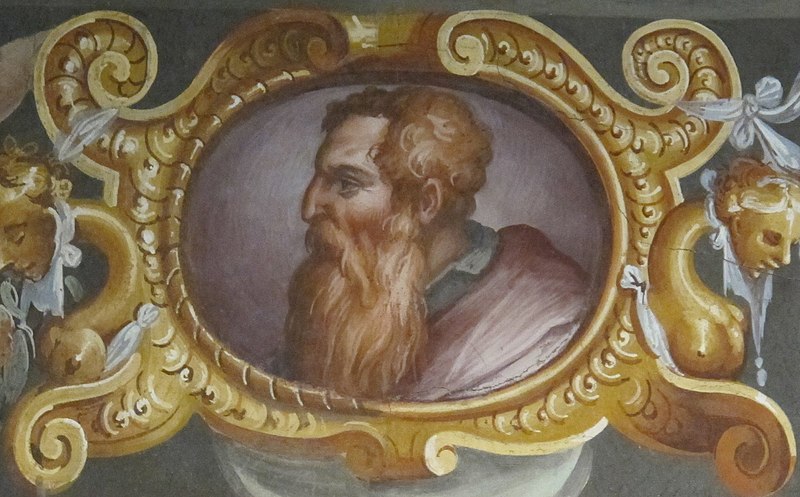


Ernesto Tatafiore is an Italian artist, one of the forerunners of the Italian Transavantgarde that emerged in the early 1980s.
Naples, where Tatafiore's studio is located and which is a favorite place for his work, has a decisive influence on his work. Vesuvius is an obsessive image of the artist and a source of his inspiration. The theme of the French Revolution is also a recurring theme in his work.


Ernesto Tatafiore is an Italian artist, one of the forerunners of the Italian Transavantgarde that emerged in the early 1980s.
Naples, where Tatafiore's studio is located and which is a favorite place for his work, has a decisive influence on his work. Vesuvius is an obsessive image of the artist and a source of his inspiration. The theme of the French Revolution is also a recurring theme in his work.


Ernesto Tatafiore is an Italian artist, one of the forerunners of the Italian Transavantgarde that emerged in the early 1980s.
Naples, where Tatafiore's studio is located and which is a favorite place for his work, has a decisive influence on his work. Vesuvius is an obsessive image of the artist and a source of his inspiration. The theme of the French Revolution is also a recurring theme in his work.
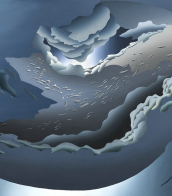
.jpg)
Marcel Fiorini was a French painter and engraver of the New School of Paris.




Gianni Dova was an Italian painter who painted in an abstract style with touches of surrealism.







